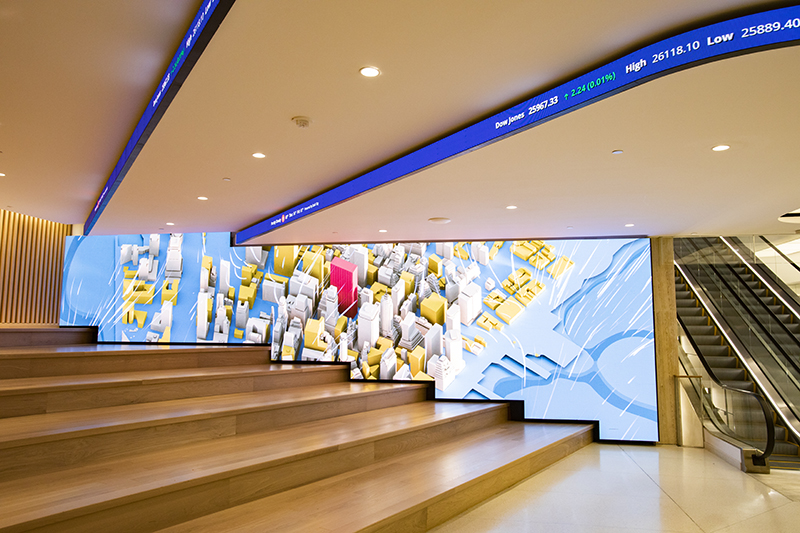Analyzing the Role of Tonal Contrast Metrics on Optical Resolution and Viewer Cognition
Wiki Article
Comparison proportions are an critical concept in visual design and human perception. They relate to the variation in brightness between the brightest and deepest parts of a graphical display. A higher brightness ratio means that there is a larger differentiation between light and dark areas, which can significantly affect how clearly we see images, text, and other visual components. This is particularly vital when addressing how people with different visual abilities perceive information. Understanding contrast ratios helps designers create more effective displays, whether for websites, advertisements, or educational content.

The importance of brightness levels can be observed in various applications, such as TVs, desktop monitors, and smartphones. In these technologies, a high contrast ratio enables crisper visuals and more legible text. For example, when viewing a movie or playing interactive media, high contrast can improve the user experience by making details more distinct. This is also applicable for reading text on screens; a pronounced difference between the font color and background color can reduce eye strain and improve clarity. As people engage with digital media regularly, creators must prioritize optimal contrast ratios to ensure ease and legibility.
Different high resolution led wall display populations may experience visual contrast levels in distinct ways. For people with sight impairments, such as color blindness or low vision, adequate contrast is vital for comprehending content displayed graphically. Designers must consider these variations when developing materials. Resources like color contrast checkers can help assess whether the chosen colors offer enough separation for all users. By ensuring proper contrast ratios, designers not only make their output inclusive but also demonstrate inclusivity in their designs.
In addition to inclusivity factors, visual contrast levels serve a crucial role in aesthetic design quality and general UX. A thoughtfully crafted layout applies palette choices that not only attract attention the original source but also guide users through content effectively. For instance, highlighting key buttons or elements with contrasting colors helps users navigate easily. When users find it easy to distinguish between different elements on a display, they are more likely to interact with the material and perform actions effectively.
Ultimately, as digital innovation continues to advance, the relevance of comprehending visual contrast principles remains critical. Advancements in display technology provide opportunities for even better image sharpness. However, without thoughtful attention of how visual differentiation affects human perception, advancements may not reach their full potential. Designers and technologists must stay informed about standards related to visual contrast to guarantee that their work remains effective and user-friendly across various platforms and devices. By prioritizing these guidelines, they can improve user interaction and build a more accessible online environment.